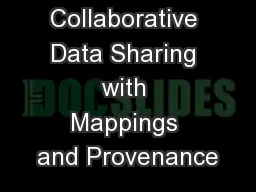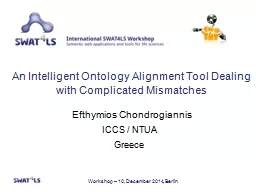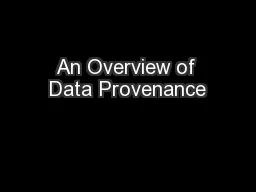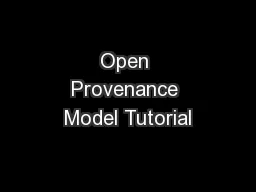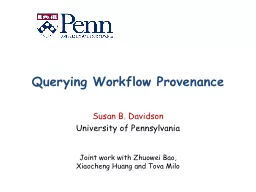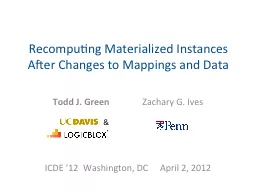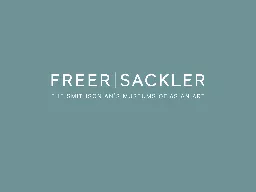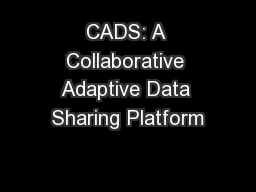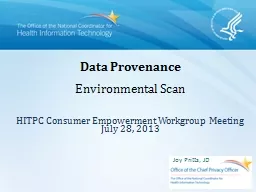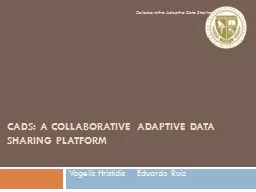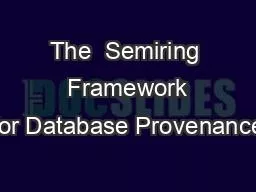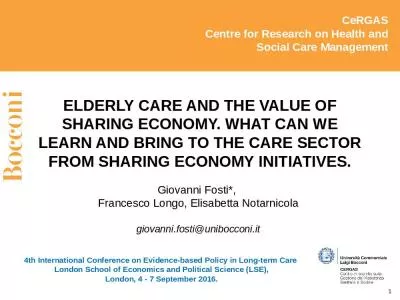PPT-Collaborative Data Sharing with Mappings and Provenance
Author : olivia-moreira | Published Date : 2017-08-29
Todd J Green University of Pennsylvania Spring 2009 The Case for a Collaborative Data Sharing System CDSS Scientists build data repositories need to share with
Presentation Embed Code
Download Presentation
Download Presentation The PPT/PDF document "Collaborative Data Sharing with Mappings..." is the property of its rightful owner. Permission is granted to download and print the materials on this website for personal, non-commercial use only, and to display it on your personal computer provided you do not modify the materials and that you retain all copyright notices contained in the materials. By downloading content from our website, you accept the terms of this agreement.
Collaborative Data Sharing with Mappings and Provenance: Transcript
Download Rules Of Document
"Collaborative Data Sharing with Mappings and Provenance"The content belongs to its owner. You may download and print it for personal use, without modification, and keep all copyright notices. By downloading, you agree to these terms.
Related Documents

